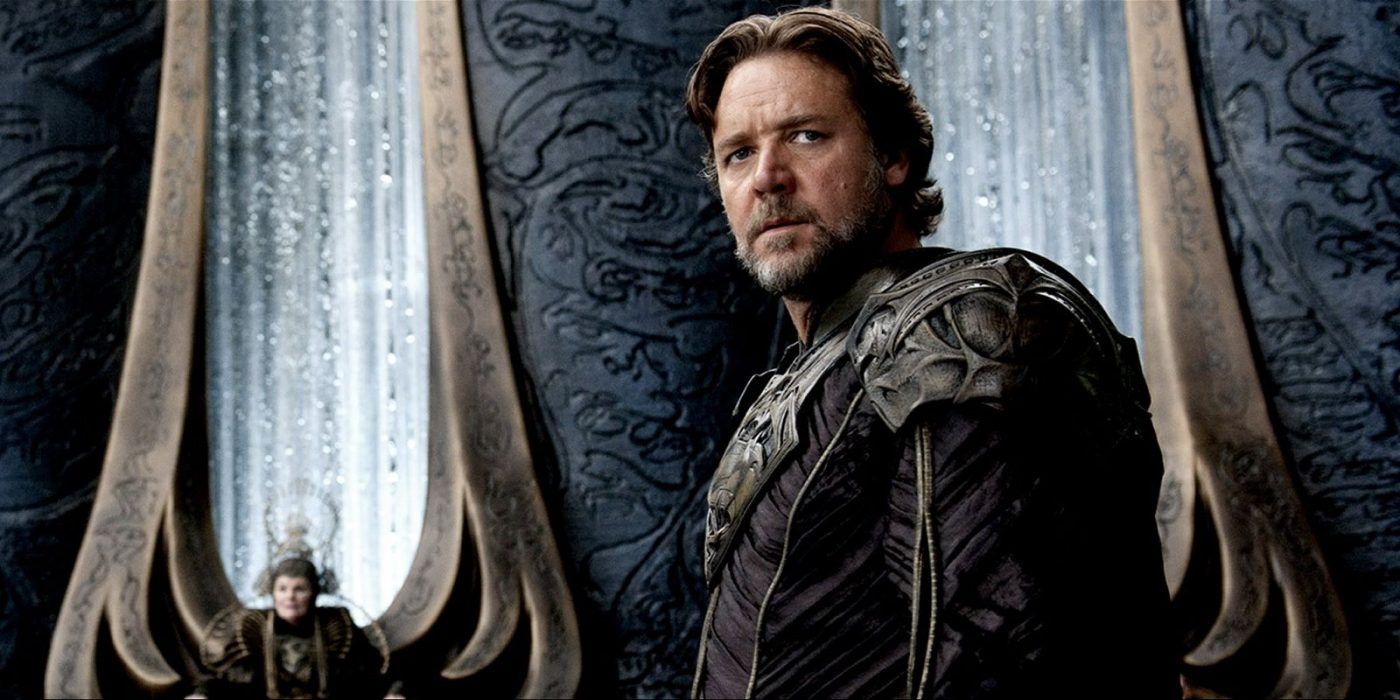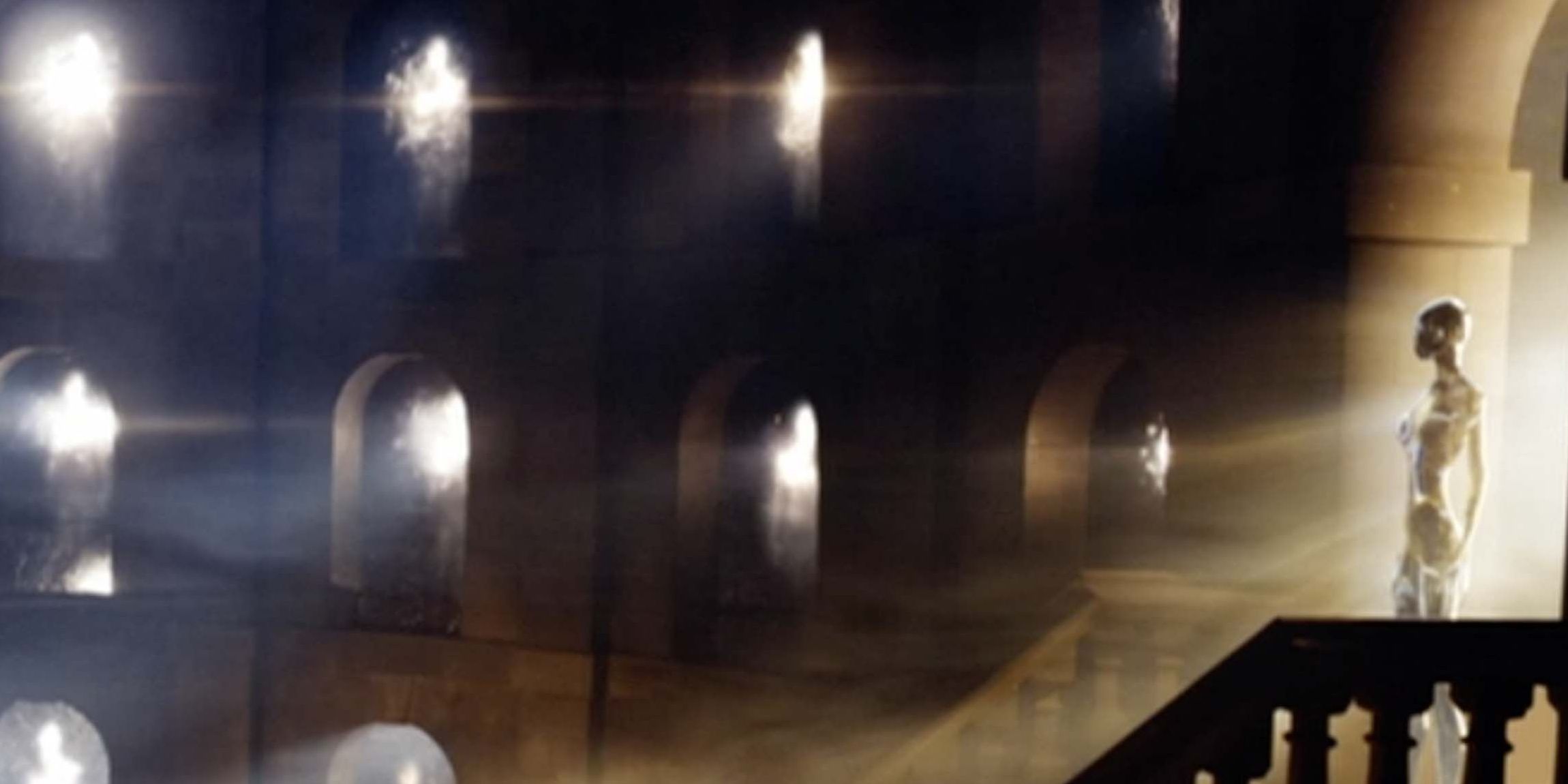Science fiction virtual ghost metaphor, explained

Uploading human consciousness to a computer is a difficult problem. Is it possible to give a machine the free will of a person’s consciousness, or is it just programmed to perfectly imitate a person?But what someone wants is a digital machine that can maintain his mind. What if it was just a copy?
A lot of speculative fiction has dealt with the idea of death as a temporary inconvenience. The fantasy genre has magical spells and psychic reincarnation, but science fiction has to make do with advanced medicine and brain uploads to computers. Some solutions are less elegant than others.
A virtual ghost is an artificial intelligence, computer program, or hologram designed to mirror the behavior of a deceased person. Sometimes it’s a continuation of the full consciousness of the deceased, other times it’s just a standard AI assistant with a personality. If the subject is still alive within the program, they may be less thrilled with being permanently confined within the machine. This essentially gives the writer the power to bring characters back from the dead in useful secondary roles. or hang out as a friendly face in an otherwise cold world. Virtual ghosts may live on after death, but they will remain where they were, leaving nothing behind.
One of the most popular examples of this trope is the story of Superman. Sent from Krypton’s home planet and raised on Earth, the original superhero had parents whom he cherished throughout his life. Even now, from time to time, he gets tutored by a father he didn’t know.at Richard Donner Superman In the film, Clark’s father Jor-El and the elders of the late planet Krypton appear as holograms to guide Clark on his quest. It’s become a recurring concept throughout the character’s media appearances: Russel Crowe’s Jor-El appears as a handy hologram, acting like a tutorial NPC in Zack Snyder’s video his game. man of steelCharacters are fully represented in AI holograms in the Arrowverse, drawn by Angus Macfadyen. It was the invention of Superman’s story in the movies, but it also appeared in the comics, with Jor-El perhaps the first example of a virtual ghost.
Perhaps the earliest example of this trope is Cordwainer Smith’s 1964 novel The Dead Woman in Clown Street.The story is part of Smith’s landmark help of mankind The series imagines a utopian society that is linked to human complacency and gruesome slavery. A caste of genetically enhanced intelligent animals called the Underpeople are treated as disposable property and some seek to escape. With the help of therapists and telepaths, the Underpeople attempt to start a revolution, but to no avail. The eponymous Dead Lady is a virtual ghost called Lady Punk Ash, the “personal record” of a once-powerful government member. Ashash predicts the future, knowing in advance that the revolution will fail, but that its martyred heroes will inspire future generations.
Doctor Who have also enjoyed using this trope. Season 4’s iconic episode “Silence in the Library” was his second of his two excellent two-part contributions to Steven Moffat before taking over the show. It introduced archaeologists led by River Song investigating the mysterious closure of a famous library, and while there they discover Vashtanerada, one of the most terrifying aliens in the history of the series. . As archaeologists are killed one after another, the doctor discovers that their suits capture “data ghosts.” This means that each victim becomes a virtual ghost as soon as they die, but that’s not all. This virtual ghost can upload and keep all ghosts permanently in the system. This idea has been used many times, including the season 10 Christmas special testimony.
Virtual ghosts are a way to keep characters alive, a way to make mundane AI more interesting. The concept could be a solution to the franchise’s controversial deaths, but it could also be an easy way to inspire long spaceflights. The idea that we are always beset with interesting questions. The power of speculative fiction to avoid death can be used for all sorts of interesting new directions in storytelling.















